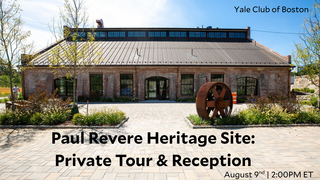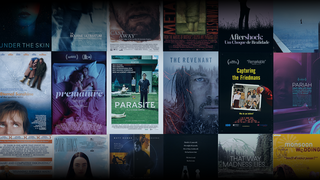In 1624, the young artist Anthony van Dyck arrived in the viceregal city of Palermo. The sudden onslaught of the bubonic plague forced the city into quarantine, leading the Flemish artist to produce the most iconic portraits of Saint Rosalia, a medieval hermit turned powerful plague saint. Less than three decades later, the Kingdom of Naples suffered its own crisis, a contagion that quickly reduced the urban population by half. The city responded by commissioning artist Mattia Preti to paint seven frescoes, one for each of the city’s seven gates. In 18th Century Mexico, when an epidemic ravaged colonial cities and northern indigenous communities, devotional images honoring Rosalia were paraded in an effort to abate the contagion. The actions advanced her devotion and localized her importance.
Join us for a discussion on how epidemics have ignited faith and the production of art, impacting both communal piety and the history of visual culture. The webinar will feature prominent art historians and include a focused discussion of select works by Flemish, Neapolitan, and Mexican artists.




